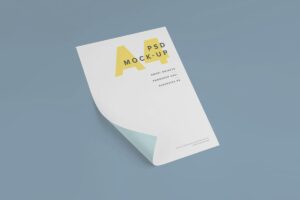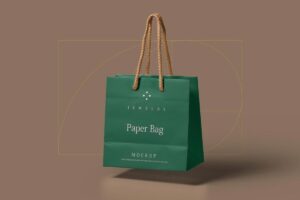Top Evergreen Website Trends Shaping Design and Development in 2025
As we gear up for 2025, web design is evolving to prioritize immersive user experiences, intuitive functionality, and cutting-edge aesthetics. Drawing insights from award-winning designs, UX/UI developments, and innovative tools, here’s a breakdown of the top trends defining modern websites.
1. Design That Feels Alive: Microinteractions & Scroll Animations
Subtle animations like buttons lighting up or scroll-triggered effects bring websites to life. These elements provide feedback, guide users, and make interactions delightful without overwhelming. Scroll animations, such as parallax effects, create a sense of depth and encourage exploration—key for storytelling websites or e-commerce platforms.
2. The Power of 3D & Augmented Reality
3D elements and AR integrations are moving beyond novelty into functional design. Think virtual try-ons for retail or interactive walkthroughs for real estate. These immersive experiences not only captivate users but also offer practical benefits, making them a must-have for brands looking to stand out.
3. Earthy Meets Electric: Evolving Color Trends
Color palettes are leaning toward duality—earthy tones symbolizing sustainability paired with neon accents that radiate tech-forward optimism. This trend balances modernity and environmental consciousness, appealing to eco-aware consumers while keeping designs vibrant and fresh.
4. Minimalism Redefined with Accessibility at its Core
Minimalism is evolving to ensure inclusivity. From optimized color contrasts to features like screen reader compatibility and keyboard navigation, accessibility is no longer optional. Websites that cater to all users, including those with disabilities, ensure broader engagement and compliance with global standards like WCAG.
5. Dark Mode as the Default
Dark mode isn’t just a trend; it’s becoming a norm. With benefits like reduced eye strain and a sleek aesthetic, websites and apps are optimizing both light and dark themes to suit user preferences, ensuring a consistent and stylish experience.
6. Sustainability in Speed: Faster Load Times
Slow-loading pages are a dealbreaker. Advanced caching, lightweight designs, and lazy loading are key tools for ensuring blazing-fast load times. Speed is crucial not just for retaining users but also for improving SEO rankings.
7. Biometric Authentication for Seamless Security
Passwords are giving way to fingerprint scanning and facial recognition, offering users secure and frictionless access. This trend is especially crucial for industries like e-commerce and banking, where trust is paramount.
8. Retro Nostalgia Meets Modern Playfulness
Vintage-inspired designs—like bold retro fonts and nostalgic color schemes—are paired with contemporary layouts to create websites that feel both familiar and fresh. This trend is perfect for brands wanting to evoke emotional connections while staying forward-looking.
9. AI-Powered Design and Functionality
Artificial intelligence is transforming web design from content creation to layout optimization. AI tools can now generate entire website structures, tailor visuals, and even predict user preferences, making design more intuitive and efficient.
10. Interactive Data Visualizations
Advanced tools are turning complex data into engaging visuals. Interactive charts and infographics make information digestible, especially for sectors like finance, healthcare, and education. This trend ensures your message isn’t just understood but remembered.
What These Trends Mean for Your Business
In 2025, the most successful websites will be those that combine innovative technology with human-centric design. Whether you’re building for e-commerce, education, or corporate branding, focusing on interactivity, speed, and inclusivity will ensure you stay ahead of the curve. Let your website do more than just look good—make it an experience users can’t forget.
Are you ready to bring your 2025 web vision to life? Reach out to build a site that blends stunning visuals with unbeatable functionality!








